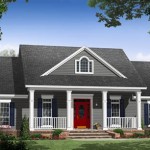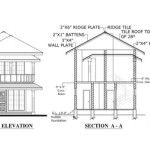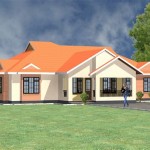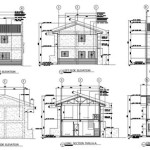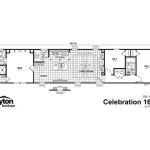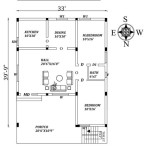Essential Aspects of Bamboo House Plan
Bamboo has long been recognized for its versatility and sustainability in construction. Its unique characteristics, including its strength, durability, and eco-friendliness, make it an ideal material for crafting beautiful, functional houses. If you're considering building a bamboo house, these essential aspects will provide a comprehensive understanding of the planning process.
Site Selection and Orientation
The location and orientation of your house can significantly impact its comfort and energy efficiency. Choosing a site with proper drainage, exposure to sunlight, and protection from harsh winds is crucial. Consider the surrounding environment, including trees, hills, and water bodies, which can influence natural ventilation and daylighting.
Foundation and Structure
The foundation of your bamboo house should be designed to withstand soil conditions and seismic activity in your area. Bamboo poles or reinforced concrete can be used to create a strong and stable base. The structural system typically consists of bamboo frames, beams, and trusses, which are assembled using various joinery techniques.
Materials and Treatment
Selecting high-quality bamboo poles is essential for the longevity of your house. Consider the pole's diameter, length, and density, as these factors affect its strength and durability. Proper treatment, such as seasoning, preservation, and chemical treatment, can enhance the bamboo's resistance to rot, insects, and fire.
Roofing and Walls
Bamboo can be used for both roofing and wall construction. For roofing, bamboo tiles or shingles provide a natural and durable option. Walls can be constructed using bamboo panels, which are made by weaving or laminating bamboo strips together. Proper ventilation is crucial to prevent moisture buildup and ensure indoor comfort.
Interior Design and Finishes
The interior of your bamboo house can be customized to suit your style and preferences. Bamboo flooring, ceilings, and furniture create a warm and inviting atmosphere. Natural finishes, such as oil or wax, enhance the bamboo's texture and grain patterns. Consider incorporating traditional or modern design elements to create a unique and comfortable living space.
Sustainability and Environmental Impact
Bamboo houses offer significant environmental advantages. Bamboo is a renewable resource that can be sustainably harvested, reducing deforestation. Its low embodied energy and carbon footprint make it an eco-friendly construction material. Additionally, the natural ventilation and daylighting in bamboo houses promote energy efficiency and reduce reliance on artificial lighting and cooling systems.
Conclusion
Building a bamboo house requires careful planning and attention to detail. By considering the essential aspects discussed in this article, you can create a beautiful, sustainable, and functional living space that showcases the unique qualities of bamboo. Embracing the versatility and eco-friendliness of bamboo will not only provide you with a comfortable home but also contribute to a greener and more sustainable future.

Bamboo House

Low Cost Bamboo Housing In Vietnam By H P Architects House Architecture

Energy Efficient Bamboo House Studio Cardenas Conscious Design Archdaily

Gallery Of Bamboo House Vtn Architects 1 Architect New Plans

Integer Bamboo House The Oval Partnership Inhabitat Green Design Innovation Architecture Building

Blooming Bamboo Home By H P Architects

Blooming Bamboo Home In Vietnam By H P Architects Architectural Review

Integer Bamboo House The Oval Partnership Inhabitat Green Design Innovation Architecture Building

Bamboo Living International Building Design Exhibits

Structural Design Of An Italian Bamboo House In Regulatory Context Revisiting A Small Building Built Costa Rica With Tropical Sciencedirect

